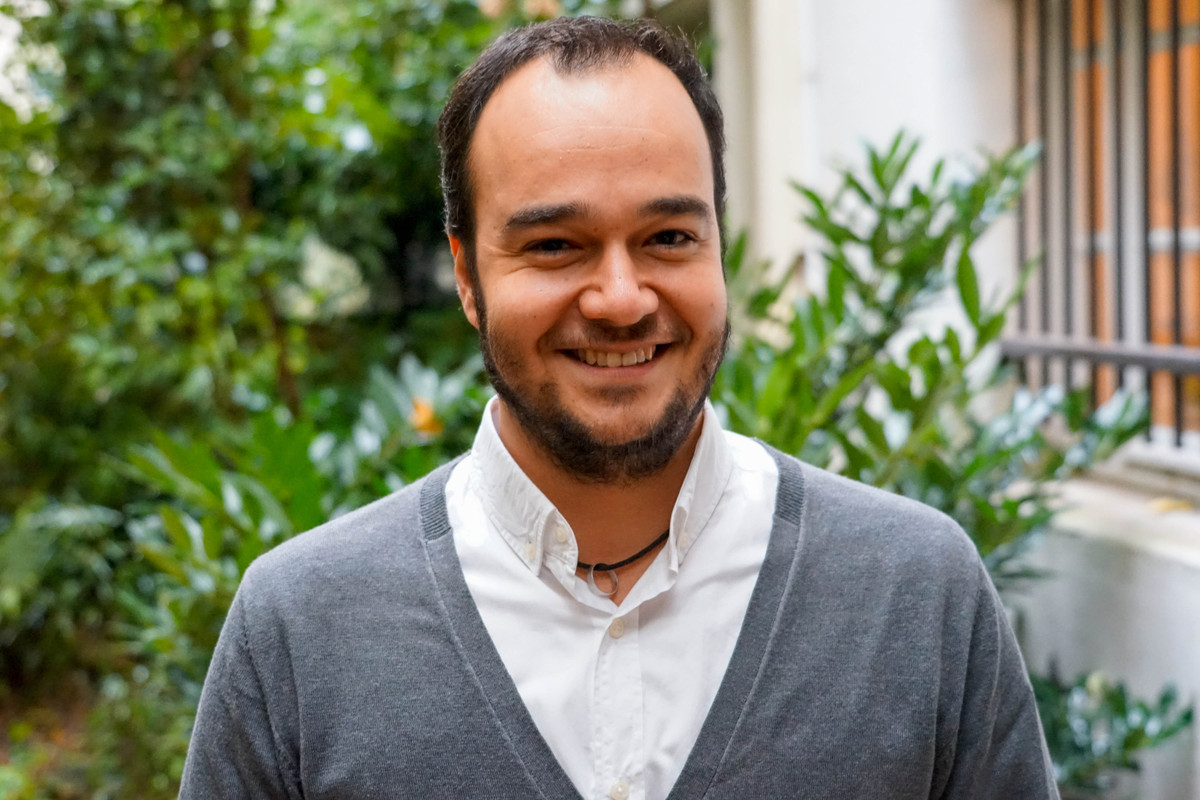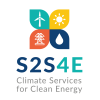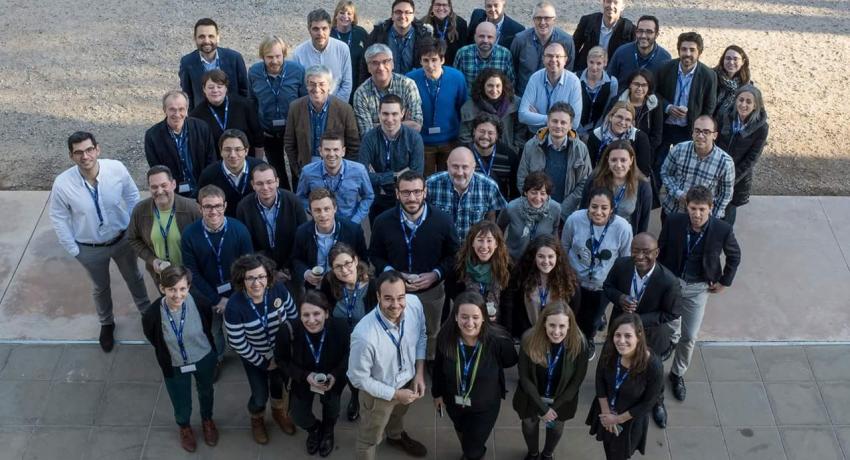The S2S4E project concludes, and the project coordinator, Albert Soret, shares his insights and final remarks on the work done in the last 3 years and the development of the S2S4E operational forecasting service.
Over the past few years, there has been a marked increase in the awareness across society of how decision-making in various sectors and contexts can benefit from having information about the weather to come weeks and months in advance.
Decision-makers themselves are realising that such information can be useful to them and many scientists are becoming increasingly aware of how the outcomes of their research can be used by different businesses and organisations. In addition, the quality of forecasts for weeks and months ahead have improved significantly over the past decade, making them more trustworthy.
The idea behind the S2S4E project started developing in late 2015 following a discussion with someone from the energy industry. At the time, seasonal forecasts had started to become a familiar concept among climate scientists, but not among people in the energy industry.
Most people from the energy industry were used to getting information about future weather conditions only from forecasts for the next few days. For longer time horizons such as the following weeks or even months, however, they relied mainly on climatological data – typically 30-year averages – with the assumption behind this data being that future weather conditions will be similar to past conditions.
When discussing the issue of seasonal forecasts with the contact from the energy industry, we saw that there was a gap between the forecasts he was already working with and the potential use of the forecasts that we were explaining.
As a result, we realised there was a need to explore the potential use of subseasonal and seasonal forecasts that show predictions for the next few weeks and for the next few months and seasons, respectively. However, we then faced the challenge of assessing the value of these forecasts, as many have tended to think of them as unreliable.
The focus of the S2S4E project has been to improve the quality and usefulness of subseasonal and seasonal forecasts, and to develop an online forecasting service that is targeted towards the energy sector and that integrates subseasonal and seasonal climate predictions. But the forecasting tool developed by the project, the S2S4E Decision Support Tool (DST), can also be useful for people working in other weather-dependent sectors, such as the agricultural and insurance industries. Many of the results and lessons learned during the project will also have a much wider application and relevance.
Rather than centring only on how to improve the utility of climate information to the energy sector, S2S4E has developed state-of-the-art research methods to explore weather conditions for future weeks and months. One of the assets of the project has been its interdisciplinary consortium, which has consisted of both research institutes and energy companies.
This has enabled us to involve future users from the energy sector in the development and further improvement of the S2S4E DST.
For me, leading the S2S4E project has been a challenging and rewarding task that I have learned a lot from.

The first challenge was coordinating a team with members from various disciplines and areas of expertise. It has been an incredible experience for me, and a unique opportunity, to co-develop a climate service and to ensure knowledge transfer between the different partners.
The second challenge was the actual development of the new forecasting service and ensuring that all the different pieces of the project were integrated into it.
A summary of the work done as part of the project, focusing mainly on how subseasonal and seasonal forecasts can make the European energy sector more resilient to climate variability and how the energy industry can benefit from using these forecasts, is provided in the S2S4E white report.
We hope that our work will inspire other projects and initiatives to seek engagement between the users of climate services and climate scientists to link climate information with decision-making, and that it will lead to the development of better-informed strategies to improve the integration of renewable energy into the electricity system.
We also hope that the results of the project can contribute to making Europe more resilient to climate variability and extreme weather events. And that it can do this by helping people working in weather-affected industries better prepare for the weather to come and anticipate the impact of extreme events – such as heatwaves and floods – on everything from crops to public health, buildings and other infrastructure.
Finally, I would like to thank all S2S4E partners for the time and effort they invested in the project and in ensuring the quality of the results. I would also like to thank all users for their support and valuable feedback that helped us improve and continue expanding our climate services.
Written by Albert Soret, Project Coordinator and Team Leader at the Barcelona Supercomputing Center


